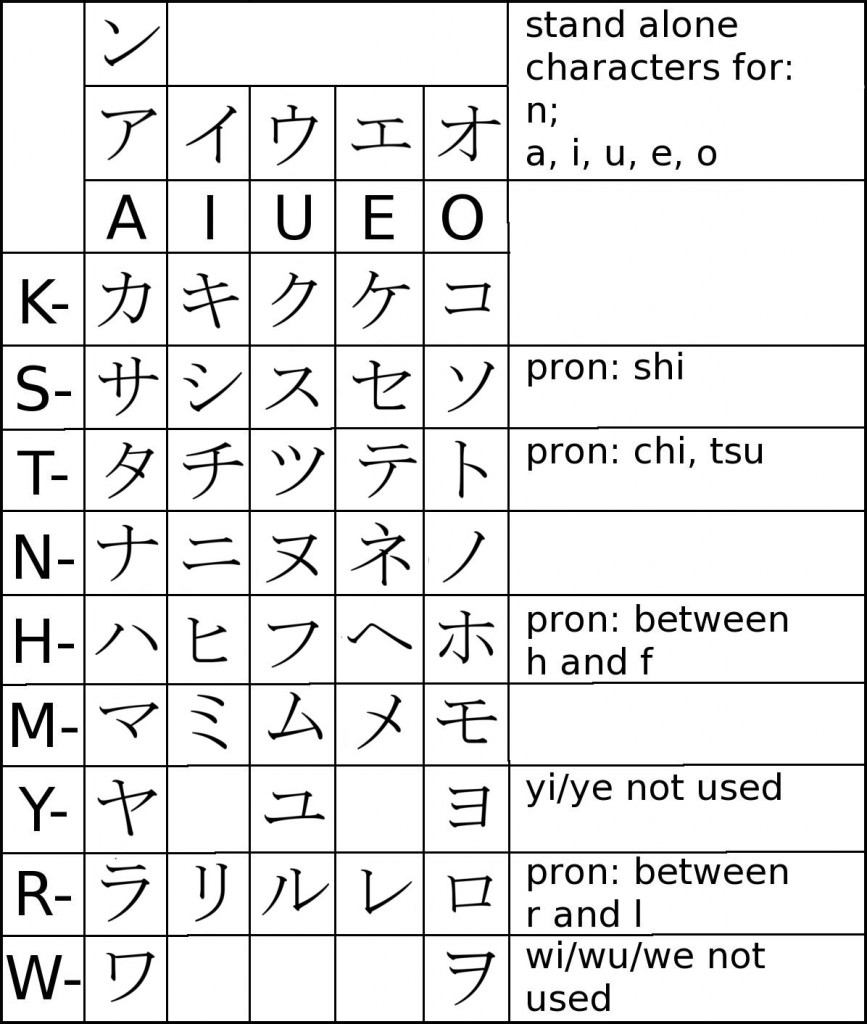I just received the results of the JLPT (Japanese language proficiency test) I took last December.
I failed.
Not spectacularly, as I passed the minimum requirement for each part the test, but I failed to gather more than 50 % of the points overall. Yes, this is disappointing, but not altogether unexpected.
First of all, with all the goings-on in Austria last fall, that required me to travel quite a bit, I was occupied with other things, so my studies had to take a back seat, unfortunately.
Second, I did not know enough vocabulary – by far not. That means, I spent too much time in trying to figure out the meaning of certain words from their context – and even without doing this, the time for the test is very limited, especially for the reading part. So there were many questions I didn’t even get to before the time ran out.
In the end, I only have myself to blame for my failure, of course, but still, I learned some valuable things:
- Grammar is important, but vocabulary is paramount. I will have to bite the bullet of boredom and invest more time learning new words.
- There’s not enough time for pondering, really. There’s no workaround here. Moving on to the next question is of limited use, as they become increasingly difficult. Answering by wild guess may help, but with four possible choices, selecting a random set of answers doesn’t get you very far (unless you’re much more lucky than I am).
- My listening comprehension is better than I had expected. This is good! Out of the three sections, I earned the highest mark there. Or maybe it was just easier to narrow down the right answer there?
A few facts about the JLPT:
- In good old Japanese tradition, the JLPT has “kyu” levels – from the lowest N5 to the highest N1.
- There are three scoring sections:
Language Knowledge (Vocabulary/Grammar)
Reading
Listening
(The former two are combined in levels N5 and N4).
To pass the test, you need to pass each scoring section individually (with about one third of the maximum points) and you need to have more than half of the total number of points.
I’m not sure whether this is a good thing or not. On the one hand, it ensures that you know at least something about each area. On the other hand, you can have full points on two sections and still fail if you miss the minimum target by a single point in the third. - You will never be tested on how well you actually speak the language – which is quite in line with how Japanese kids learn English.
- All instructions on what to do for each exercise are in Japanese. There is no translation whatsoever available. Yes, that also holds for the lowest levels of the test.
- You get an exercise sheet with the questions and an answer sheet where you have to mark the correct answers. Only the latter will be graded.
- Grading is done by machine in Japan, and it takes two to three months for the results (and the certificate, should you pass) to arrive.
- Tests take place twice a year in Japan (July and December) and at least once a year (usually December) abroad.
- Extra fun fact: After a few listening exercises, a bit of music will be played to relax a bit and rest your ears…
Want to take the test yourself? Check out the JLPT site – with all sorts of hints and tryout exercises and links to institutes where you can take the test and learning materials and…


